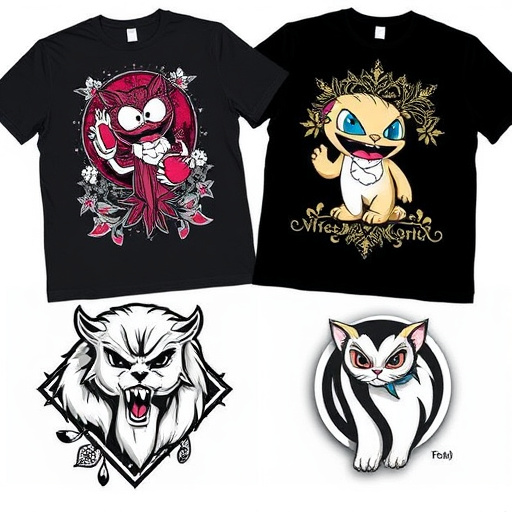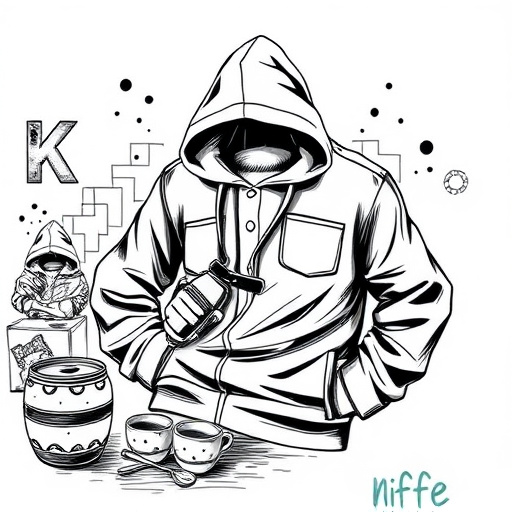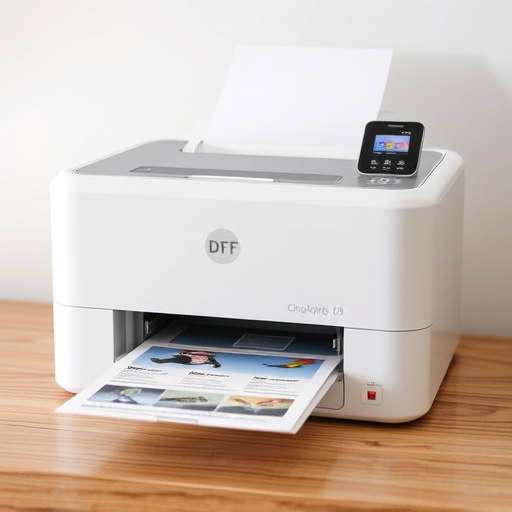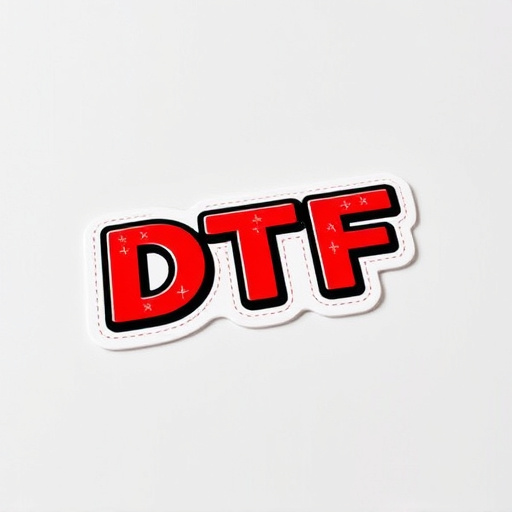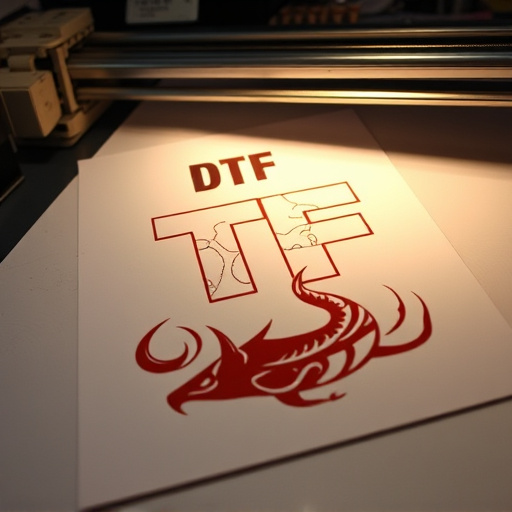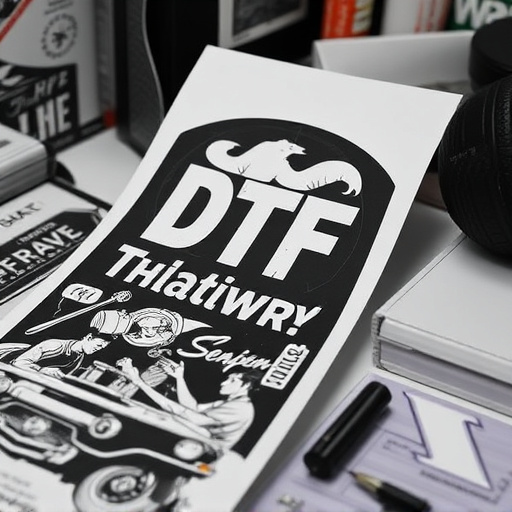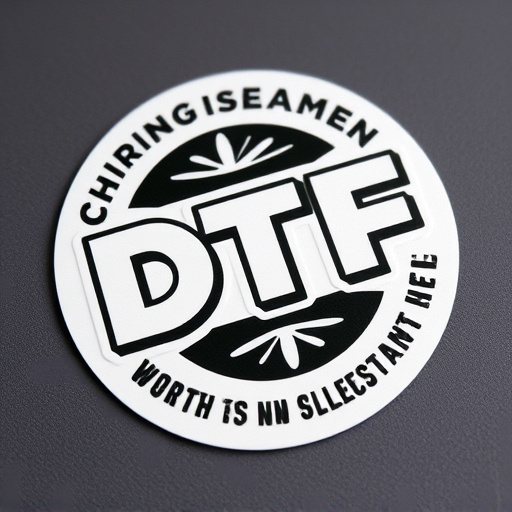Custom Direct to Film (DTF) Transfers offer a modern printing method for creating intricate designs on fabrics. This process uses heat and pressure to apply ink from special films, providing businesses and individuals with a cost-effective solution for unique garment design. Fabric selection is key, with natural fibers like cotton offering breathability and synthetic fibers ensuring durability. Factors such as weight, texture, colorfastness, stretch, and surface preparation greatly impact the quality of DTF transfers, making them suitable for diverse applications from everyday wear to activewear.
Direct to film (DTF) transfers offer a cutting-edge method for custom printing on various materials. This article delves into the art of selecting the perfect fabrics for DTF applications, guiding you through an essential process. From understanding DTF technology to exploring fabric options and evaluating performance criteria, we uncover the secrets to achieving exceptional results. By choosing the ideal material, you can unlock the potential of custom Direct to Film transfers for your next project.
- Understanding Direct to Film Transfers
- Choosing the Ideal Fabric for Custom DTF
- Key Factors in Fabric Performance for DTF
Understanding Direct to Film Transfers
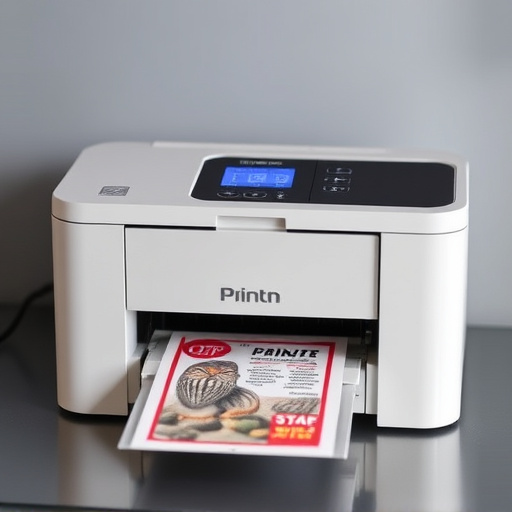
Direct to Film (DTF) Transfers are a cutting-edge printing technique that enables the application of intricate designs directly onto various materials, most commonly fabrics. This process involves transferring ink from a film or sheet onto the target surface using heat and pressure, eliminating the need for traditional screening methods. Custom Direct to Film Transfers offer businesses and individuals an efficient, cost-effective, and highly versatile solution for creating unique, high-quality artwork on a diverse range of textiles.
Understanding DTF Transfer Film involves comprehending its composition and application process. The film is coated with special inks that are cured during the heat press, ensuring vibrant colors and long-lasting durability. This technology allows for precise reproduction of complex designs, making it ideal for bulk DFT shirt production or creating custom garments. DTf transfer sheets come in various materials, finishes, and color options, catering to different fabric types and design requirements, from lightweight t-shirts to heavy canvas.
Choosing the Ideal Fabric for Custom DTF
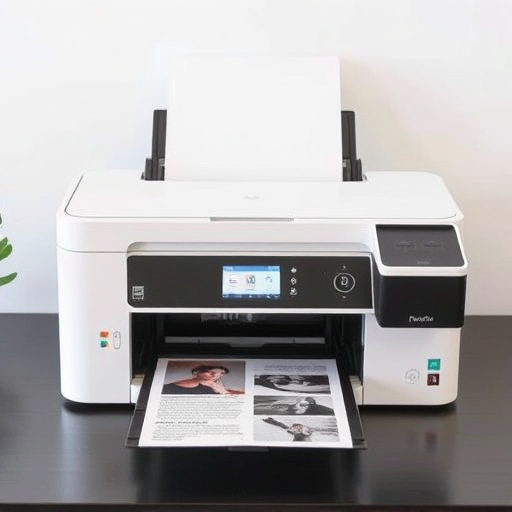
When selecting a fabric for custom Direct to Film (DTF) transfers, understanding your project requirements and desired outcome is paramount. DTF for apparel, in particular, demands a material that balances durability, texture, and color receptivity. Natural fabrics like cotton and linen are popular choices due to their breathability and versatility, making them ideal for dtf prints on t-shirts and other garments. However, synthetic fibers like polyester can also be suitable, offering enhanced colorfastness and dimensional stability for more demanding applications.
The fabric’s weight is another critical factor, especially when considering the final use case. Heavier fabrics provide a sturdier base for intricate designs, while lighter options are better suited for comfort-driven garments. Additionally, surface texture plays a role in how well the DTF film adheres and reproduces fine details. Smooth surfaces facilitate easier application, whereas slightly textured fabrics can enhance the overall print quality by adding depth to the design.
Key Factors in Fabric Performance for DTF
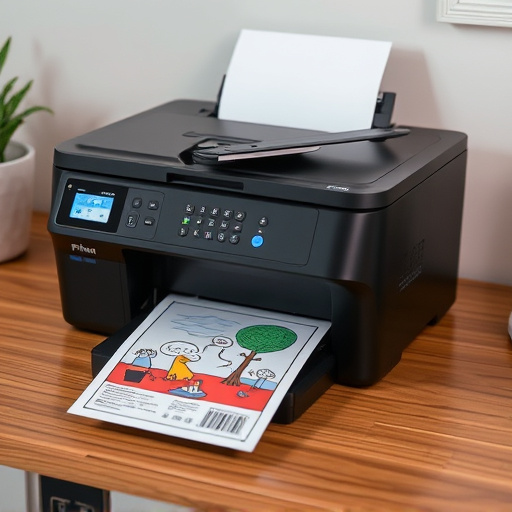
When considering fabrics for Custom Direct to Film Transfers (DTF), several key factors determine performance and quality. Firstly, the fabric’s composition plays a crucial role; natural fibres like cotton or linen allow for better ink absorption, ensuring vibrant dtf prints. However, synthetic blends can offer superior durability and fast drying times, essential for efficient custom dtf transfers. Texture and weight are also vital; smoother fabrics facilitate easier film application and reduce the risk of bubbles or misalignment.
Additionally, colorfastness is a critical aspect; fabrics should be chosen based on their ability to retain colors after the transfer process. Resistance to fading and cracking under repeated washing is particularly important for garments intended for everyday use. Lastly, the fabric’s stretch and flexibility can impact the final product’s comfort and longevity, especially in activewear or clothing designed for movement.
When it comes to custom direct to film transfers, selecting the right fabric is paramount. By understanding the unique requirements of DTF printing and considering factors like texture, porosity, and stretch, you can ensure optimal performance and vibrant, long-lasting results. Choose a fabric that aligns with your design vision and the intended use of the final product, and you’ll be well on your way to creating high-quality custom items with direct to film technology.




